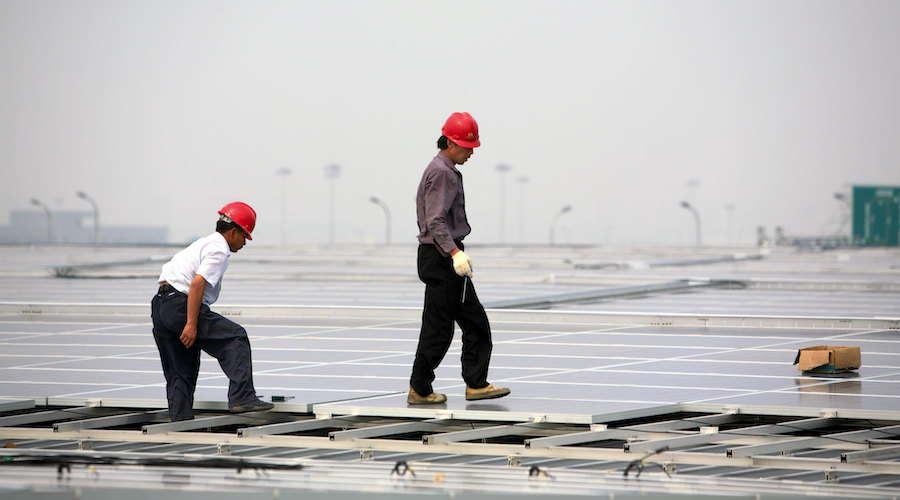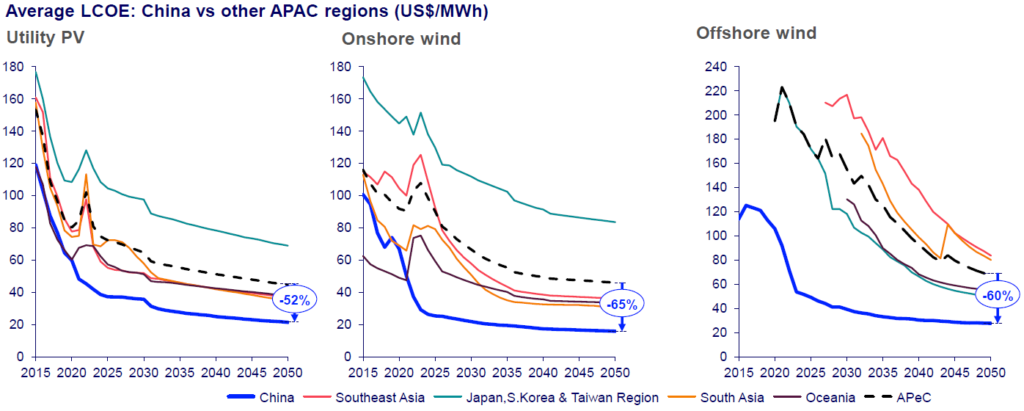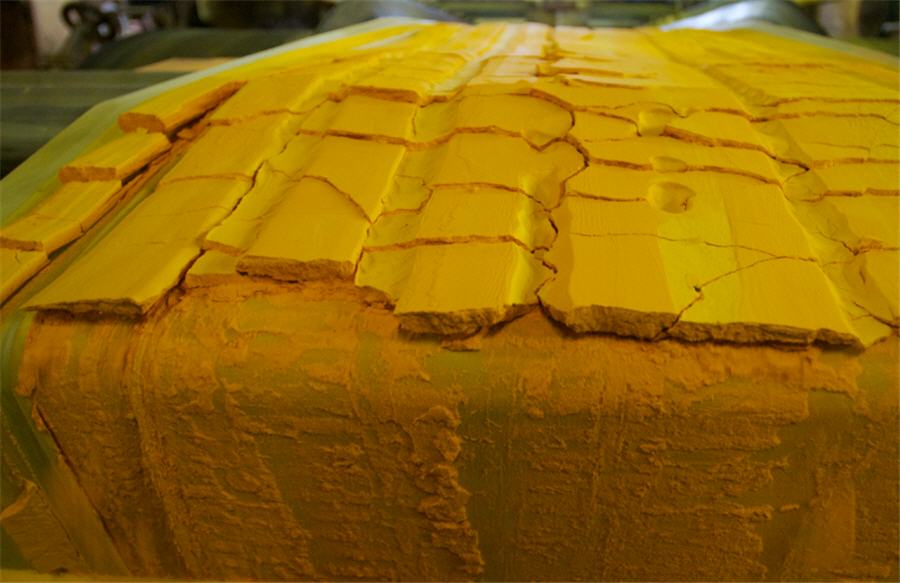Solar power becomes coal’s greatest competitor in Asia-Pacific – report

A recent report by Wood Mackenzie shows that the cost of electricity generated from renewable sources, known as the levelized cost of electricity (LCOE), is declining significantly in the Asia-Pacific (APAC) region and reached an all-time low in 2023.
According to the consultancy firm, this decline makes renewable energy increasingly competitive with conventional low-cost coal power, driven by a significant reduction in capital costs for renewable power. Renewable energy costs in 2023 were 13% cheaper than conventional coal and are expected to be 32% cheaper by 2030.
“Utility PV solar has emerged in 2023 as the cheapest power source in the region, while onshore wind is expected to become cheaper than coal after 2025,” Alex Whitworth, VP – head of Asia Pacific power research at Wood Mackenzie, said in a media statement. “Renewables firmed with battery storage are becoming competitive with gas power today but will struggle to compete with coal before 2030.”
Whitworth pointed out that China is leading the way in lowering the cost of renewables, with utility photovoltaics, onshore wind, and offshore wind being 40-70% cheaper compared to other Asia-Pacific markets.
“China will maintain a 50% cost advantage for renewables out to 2050, allowing the country to maintain its lead in renewables deployments,” the report states.

The dossier also notes that solar photovoltaic power costs saw a significant decline of 23% in 2023, marking the end of two years of supply chain disruptions and inflation. In fact, utility PV emerged as the cheapest power source in 11 out of 15 countries in the Asia Pacific.
The report states that the expectation is that new-build solar project costs will drop another 20% by 2030, driven by falling module prices and increasing oversupply from China. The decline in solar technology costs in 2023-24 has put pressure on coal and gas, with LCOE for utility PV dropping by an average of 23% across Asia Pacific in 2023, driven by a 29% decline in capital costs.
Distributed solar, on the other hand, has shown an even greater decline in costs –a 26% decrease in 2023, and the technology is now 12% cheaper on average than residential power prices creating a large potential for more rooftop solar applications.
“This trend has made distributed solar increasingly attractive for end-users in many markets in Asia-Pacific, with costs already 30% below rising residential tariffs in China and Australia. However, some markets like India with subsidized residential power tariffs will need to wait until 2030 or later to achieve competitive distributed solar prices,” said Sooraj Narayan, senior research analyst, APAC power & renewables at Wood Mackenzie.
Wind and fossil fuels
While onshore wind costs were higher than solar by 38% in 2023, Wood Mackenzie forecasts a 30% drop by 2030 as cheaper Chinese turbines gain market share.
“Markets such as Australia and Southeast Asia will benefit from the low-cost import of wind power equipment from China, while Japan and South Korea with more limited Chinese turbine uptake and focus on the local supply chain will observe onshore wind costs staying above US$80/MWh by 2030,” the dossier reads.
The report also highlights the increasing competitiveness of offshore wind with fossil fuel power in Asia-Pacific, with costs falling by 11% in 2023.
“Offshore wind costs are now on par with coal power in coastal China and are expected to become cheaper than gas power in Japan and the Taiwan region by 2027 and 2028, respectively. Falling capital costs and technology improvements are opening up new markets for offshore wind in India, Southeast Asia, and Australia over the next 5-10 years.”
Meanwhile, coal and gas generation costs have increased by 12% since 2020 and are projected to continue rising through 2050, primarily due to carbon pricing mechanisms.
“Developed markets in Asia-Pacific are expected to experience a significant increase in carbon prices, reaching US$20-55/tonne by 2030, while the carbon prices in Southeast Asia and India are expected to remain low,” WoodMac’s document states. “Gas power costs remain above US$100/MWh on average out to 2050, meaning they gradually lose the battle on costs with offshore wind over the next decade.”
More News
US produces most uranium since 2018, EIA says
Output of the concentrate totaled 375,401 lb. in the fourth quarter, higher than the total production for each of the three prior years.
April 02, 2025 | 10:20 am
Column: Copper market grows wary of what follows its US tariff rush
The race is on to get as much physical copper as possible through US customs before tariffs kick in.
April 02, 2025 | 09:44 am
{{ commodity.name }}
{{ post.title }}
{{ post.excerpt }}
{{ post.date }}



Comments